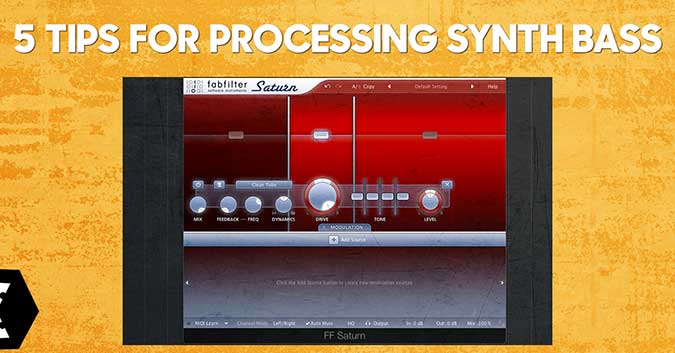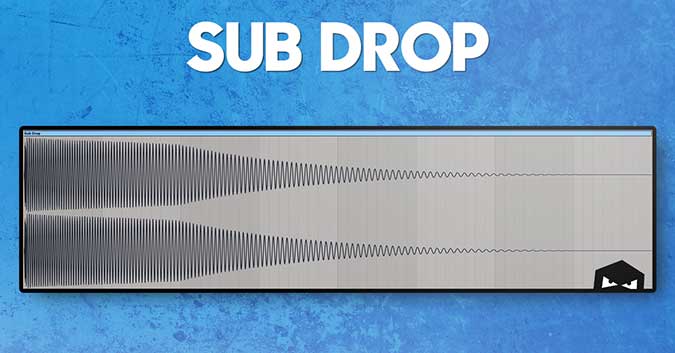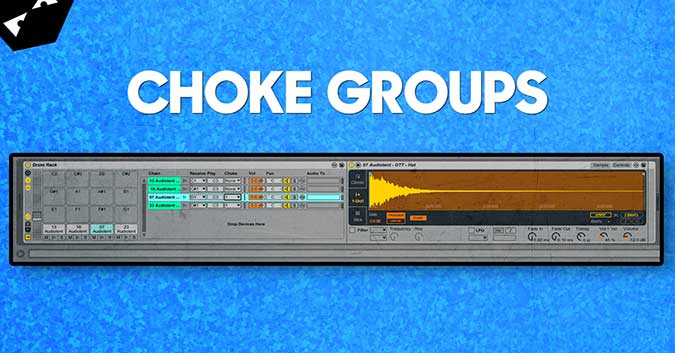#AudiotentTip 96. Our 5 Best Tips for Processing Synth Bass.
Getting your synth bass sounding just the way you want is only the first step. Next, you have to fit it in your mix. In some cases, it might just sound great without any processing. However, it's likely that you will need the extra 'shaping' to make it work.
Here is our 5 tried and tested techniques that work for processing synth bass.
1. Use a high pass filter to remove any unnecessary sub frequencies. This is helpful when you have a low/subby kick drum that clashes with your bass. Higher tempo (BPM) or busier pattern usually requires more cut to keep the low end sounding tight.
2. If your bass seems to get lost when playing with other elements, saturation might just be the perfect tool to fix this. It adds additional harmonics and makes your bass more present. In this example we used FabFilter's Saturn to saturate mid and high frequencies, whilst leaving the low end unaffected.
3. Adding a delay to your bass seems a 'no go' according to a lot of conventional mixing recourses. However, 2-5% of wet delay signal might be exactly what you need to glue it inside the mix. Not only that, this could add additional groove and space, making your synth bass come alive. We find it to work best in a less busy mix. Also, make sure to high pass the delayed signal, so the sub frequencies don't become smeared. Keep them under control!
4. Making your bass mono can be really useful. However it's not always necessary. Sometimes you might only need to make your lowest/sub frequencies in mono, but the midrange can stay wider. Nonetheless, if there are other elements occupying your stereo space, hit that mono button and make your bass centered.
5. Sidechained Bass (frequency specific). Most of you are probably aware of the side-chain technique that is used to duck the bass every time the trigger (usually kick) is played. A lot of times, there is no need to duck the entire signal, as it will reduce the impact of your bass transients. The solution is to use a frequency specific side-chain to target only the frequencies that clash. LFO Tool by Xfer Records allows you to do so by splitting the frequency and allowing to process one half of spectrum only.




Leave a comment
This site is protected by hCaptcha and the hCaptcha Privacy Policy and Terms of Service apply.